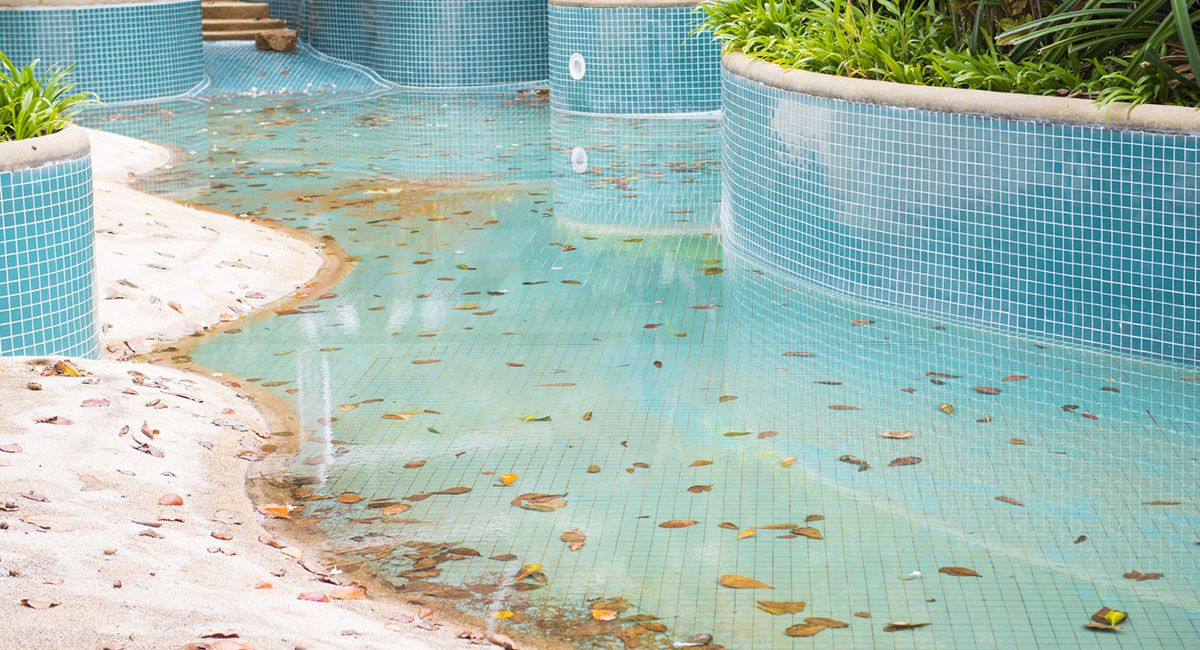As much fun as owning a pool is, it is a high maintenance amenity. Without proper care and attention, your regular upkeep costs can skyrocket. Just like a car, keeping a close eye on any potential problems can save a lot of money in future repair costs.
But sometimes things get out of hand before you can stop it and you end up experiencing pool repair emergencies.
Don't freak out yet. If you keep these tips in mind, you can keep your pool open to swimmers all summer long.
Pool Repair Emergencies
There are several places your pool can need attention. The physical structure and the water itself can give early warning signs of costly repair.
THE WATER
There can be several reasons for your water to be dirty. It can be as simple as not skimming enough to remove debris. Another easy fix is adjusting the chemicals to keep the water clear.
Other, more expensive reasons include the pipes and the pump. If your pipes are clogged, the water won't be able to go through the filter.
If your pump isn't running efficiently, the water isn't circulating properly, allowing for the growth of algae and other grossness. If you leave it stagnant long enough, mosquitos and other water-breeding insects will take advantage of the new swamp on your property.
Another indication of broken equipment your water can warn you of is the temperature. If you rely on a heater to keep the water warm, you need to keep an eye on the piping to make sure it doesn't clog.
THE LINING
Depending on whether your pool is concrete, vinyl, or fiberglass, there are signs to keep an eye out for before major pool emergencies crop up. These can become the most expensive repairs if they go unchecked for too long.
Concrete pools can develop cracks in the shell over time and they will require re-shelling eventually as regular maintenance. Some small cracks are normal, as temperature causes the shell to expand and contract. But major cracks can let water drain and damage the pool's structure.
Vinyl linings don't crack, but they have their own issues. Wrinkles can form in the liner, making it look ugly, and can be an indication of floating. Floating lining occurs when groundwater rises and pushes up on the lining and requires the groundwater to be removed and the lining to be reset.
Fiberglass linings can crack like concrete pools, but they have another problem all their own. The walls can bulge inward if the water table rises too high and pushes in the sides. Preventative construction can be done to offset this issue, and professional installers know this.
However, pools in California are especially susceptible to damage. Earthquakes are a major threat to pools. After a quake, make sure to check your pool for damage when it is safe.
When Repairs Are Needed
Hammerhead Pools know what it takes to maintain and repair your pool. We've seen our share of pool repair emergencies and know what needs to be done. Contact us if you need any size repair, maintenance, or installation.

